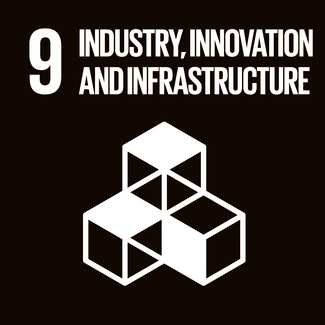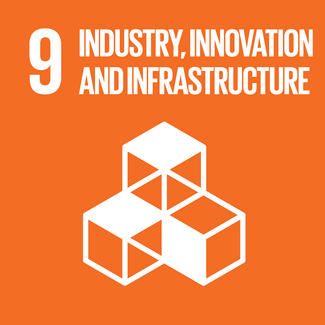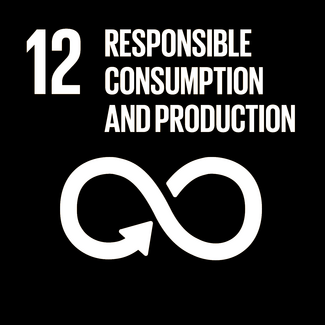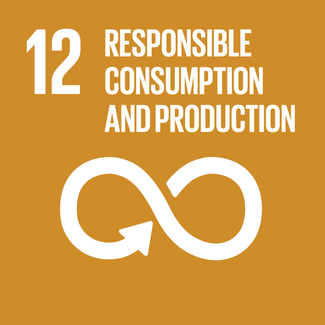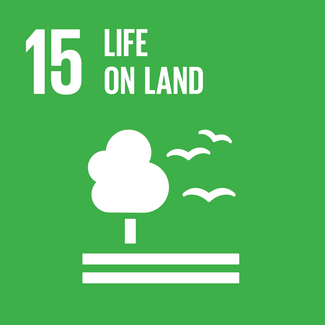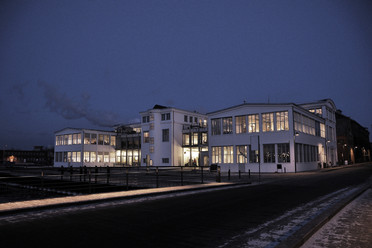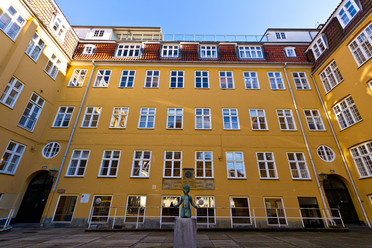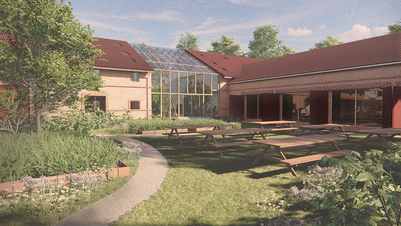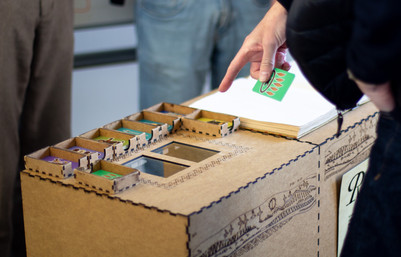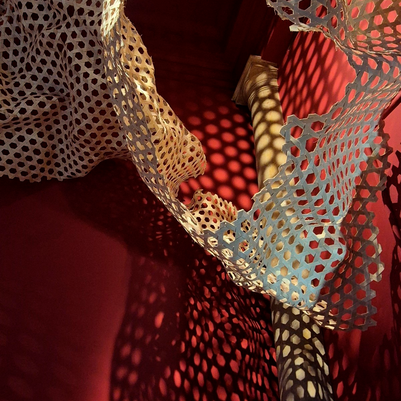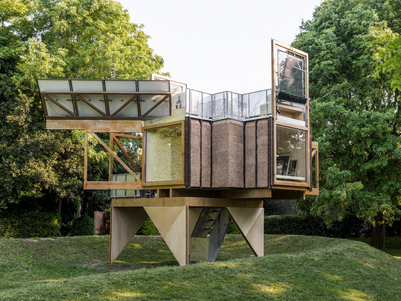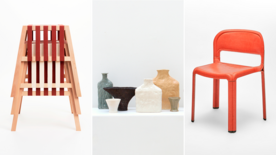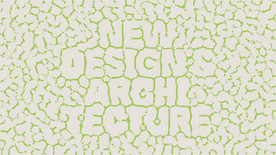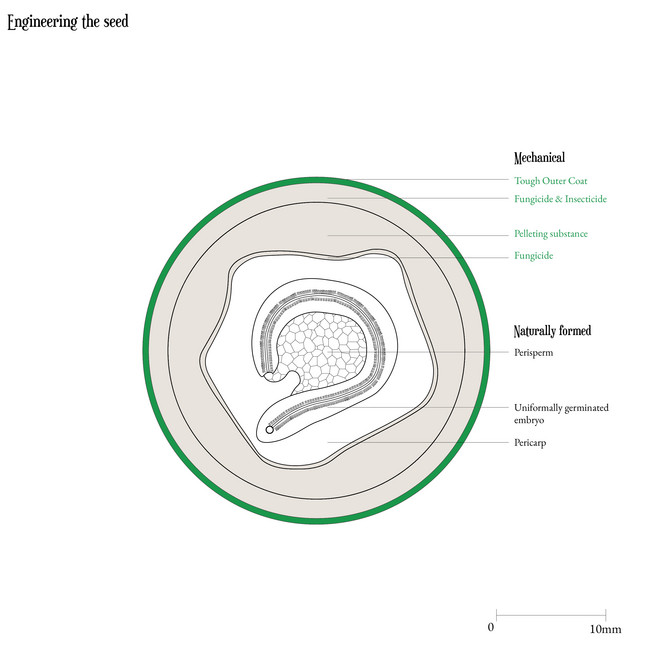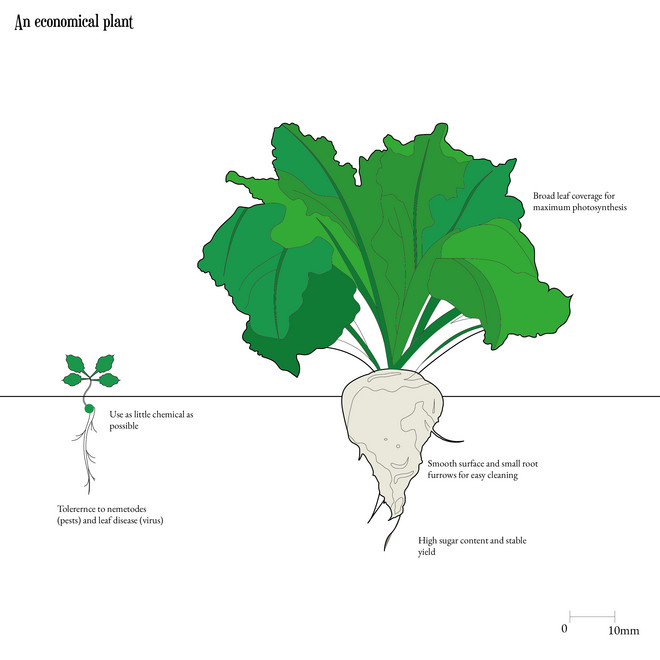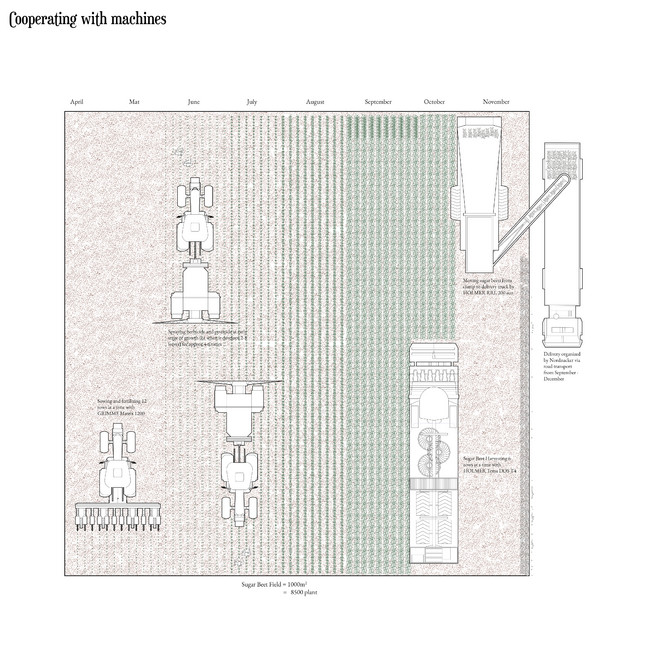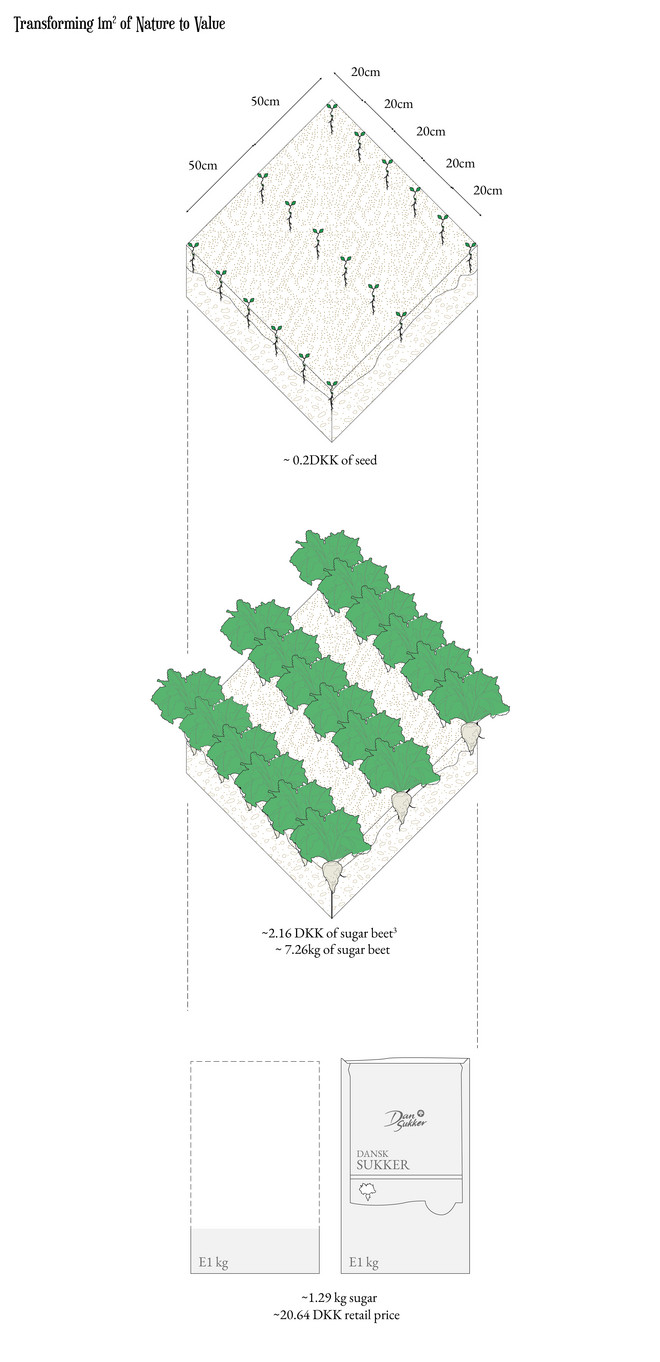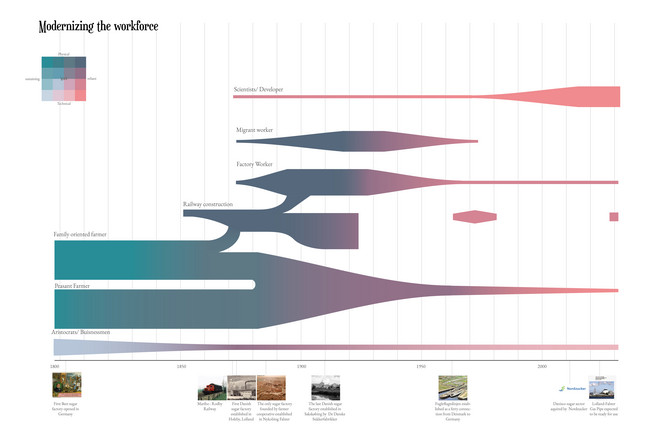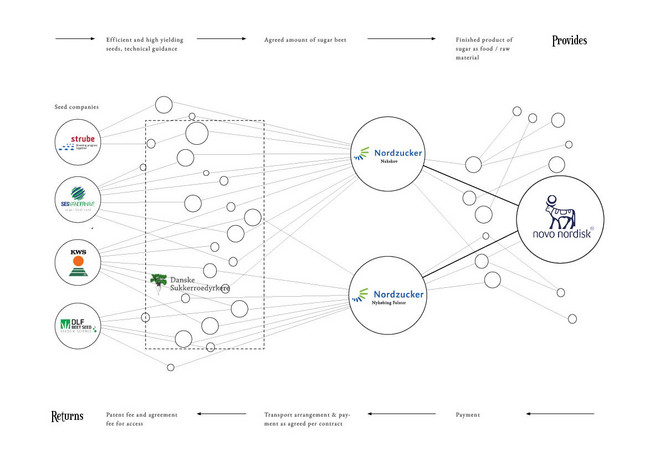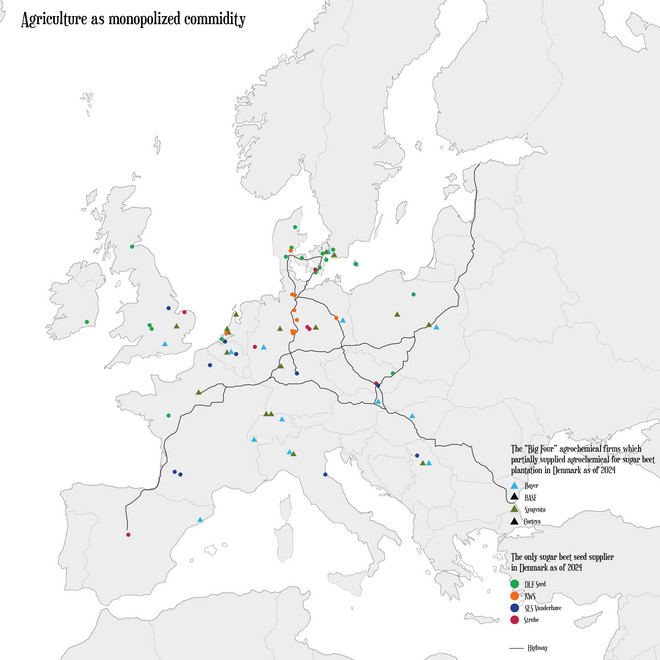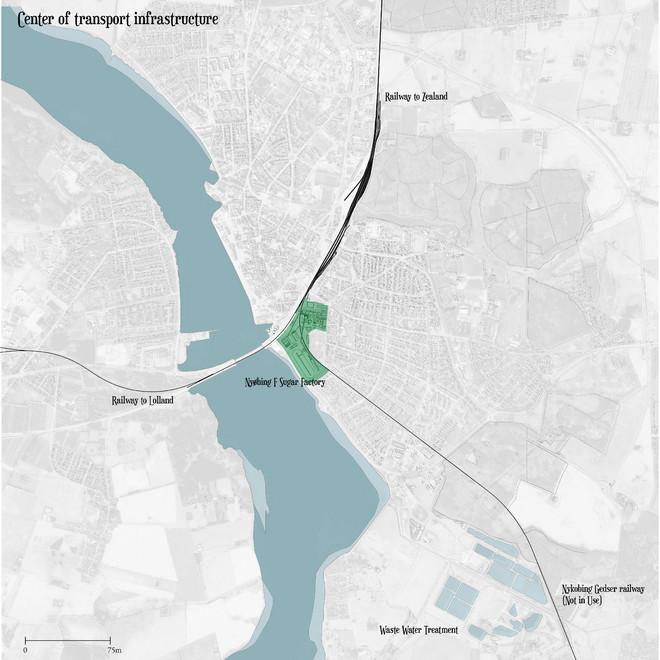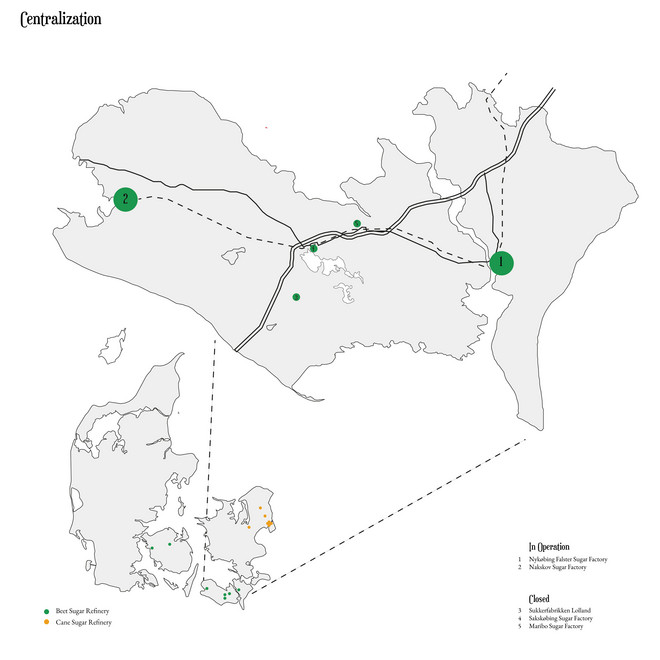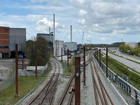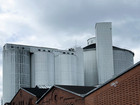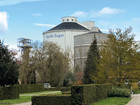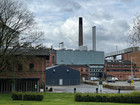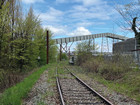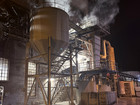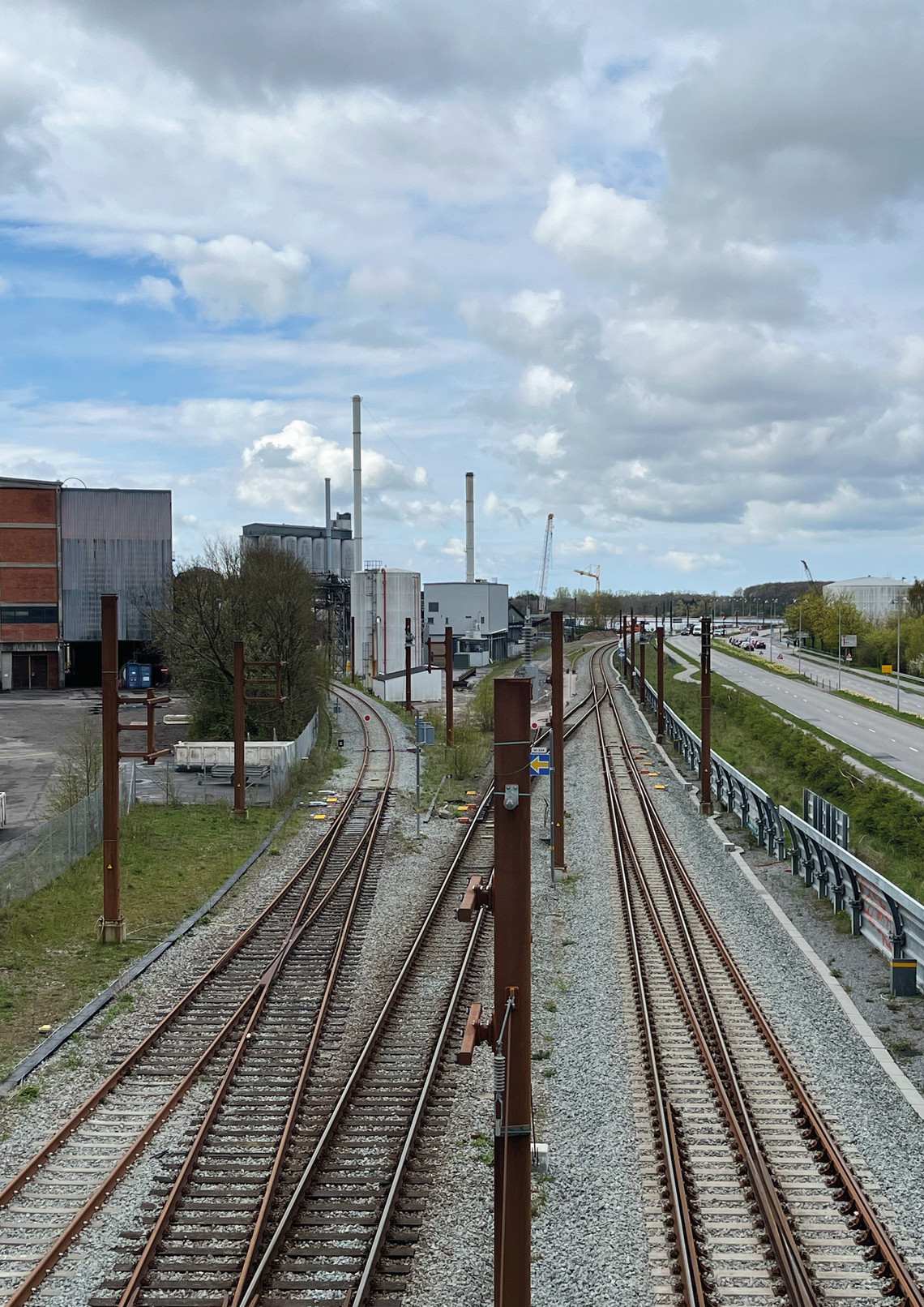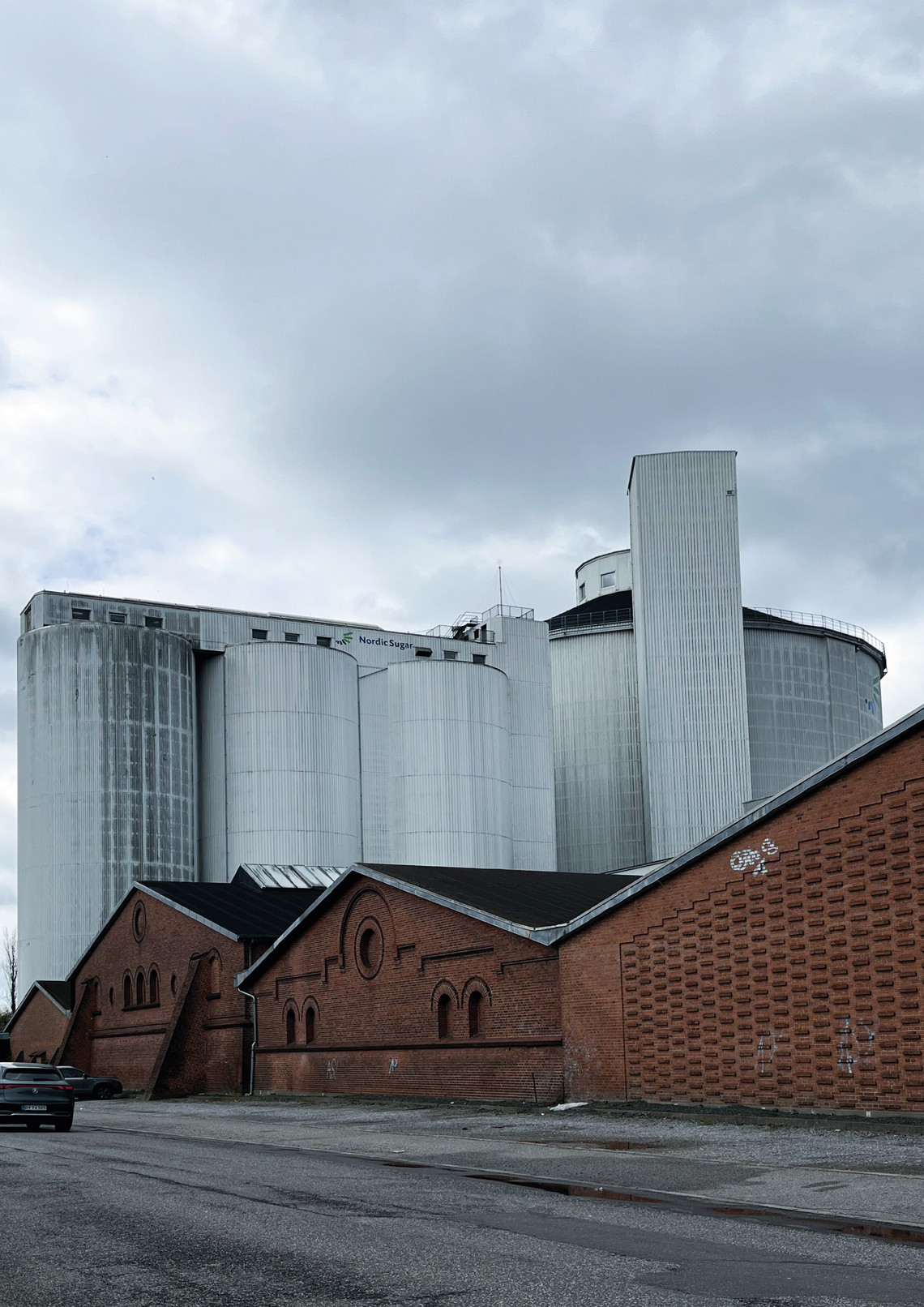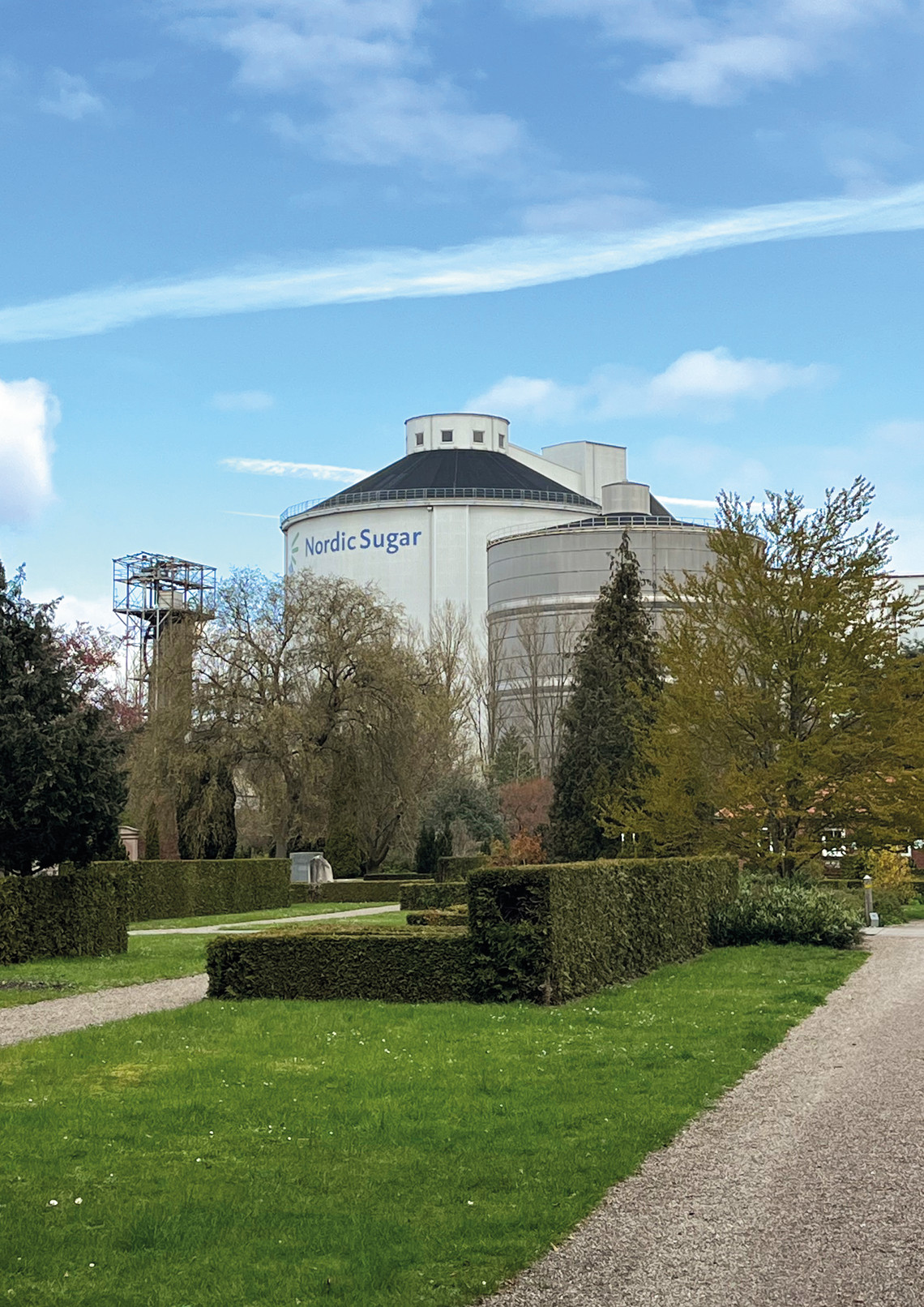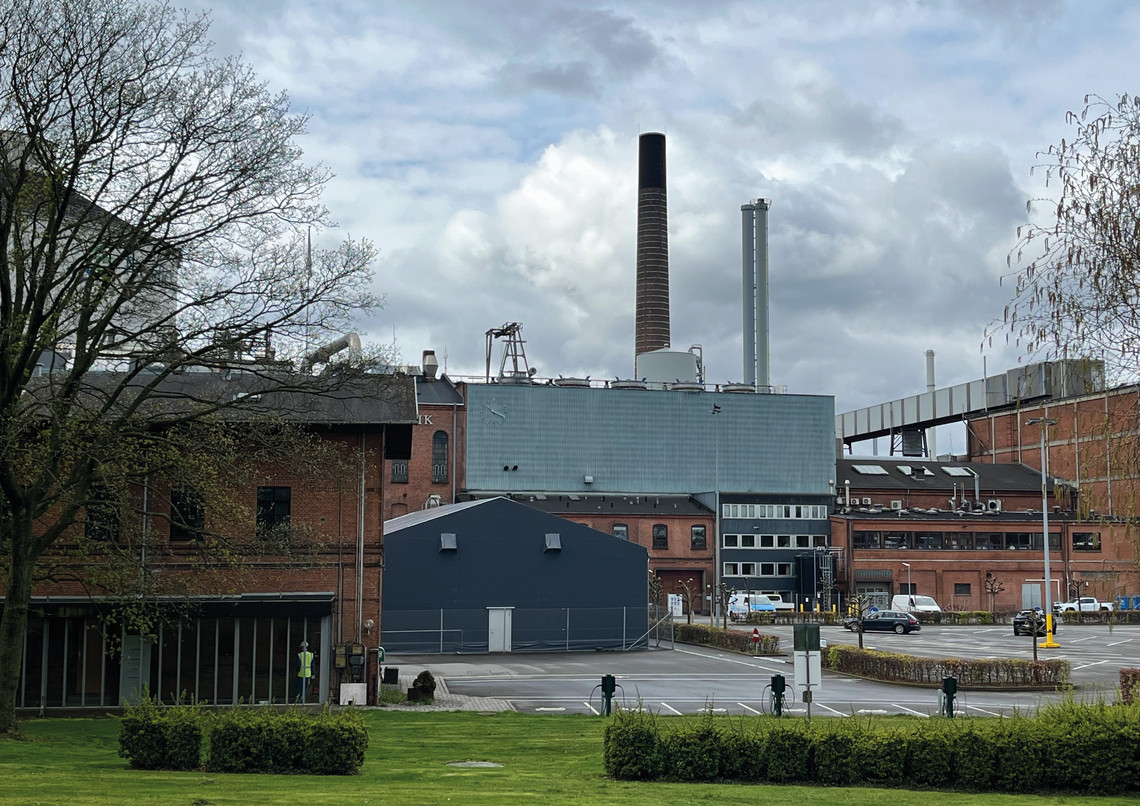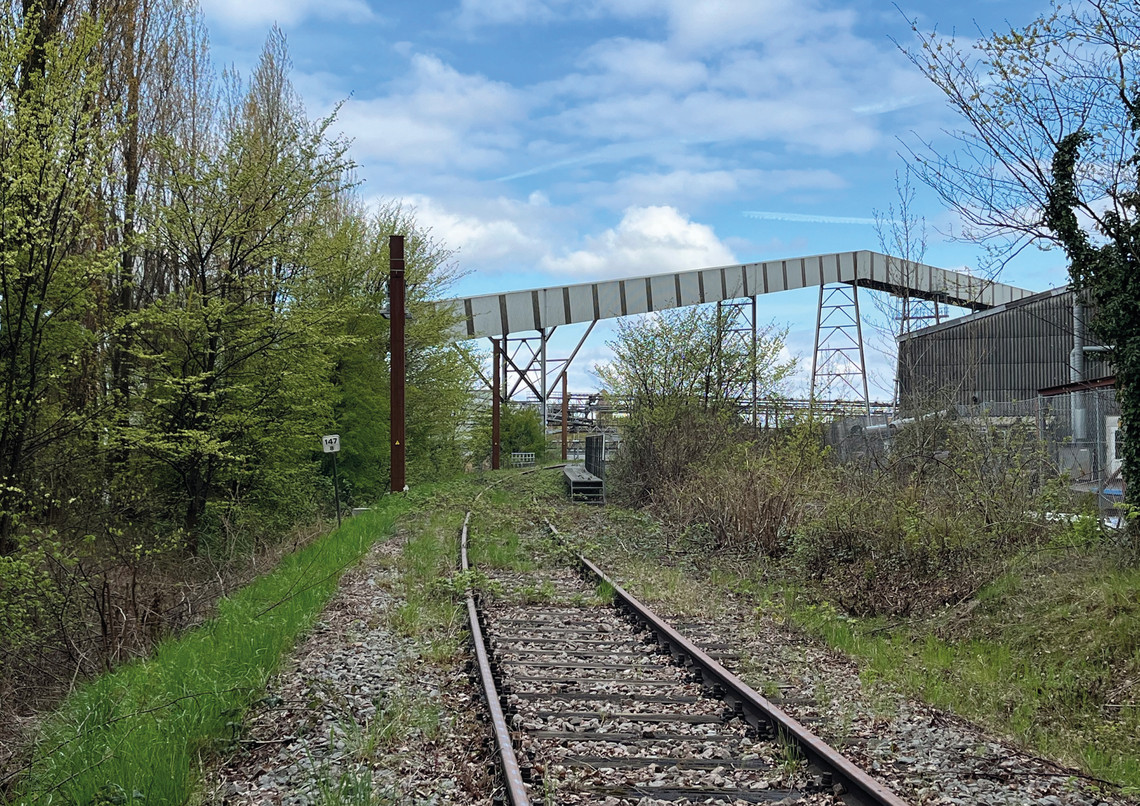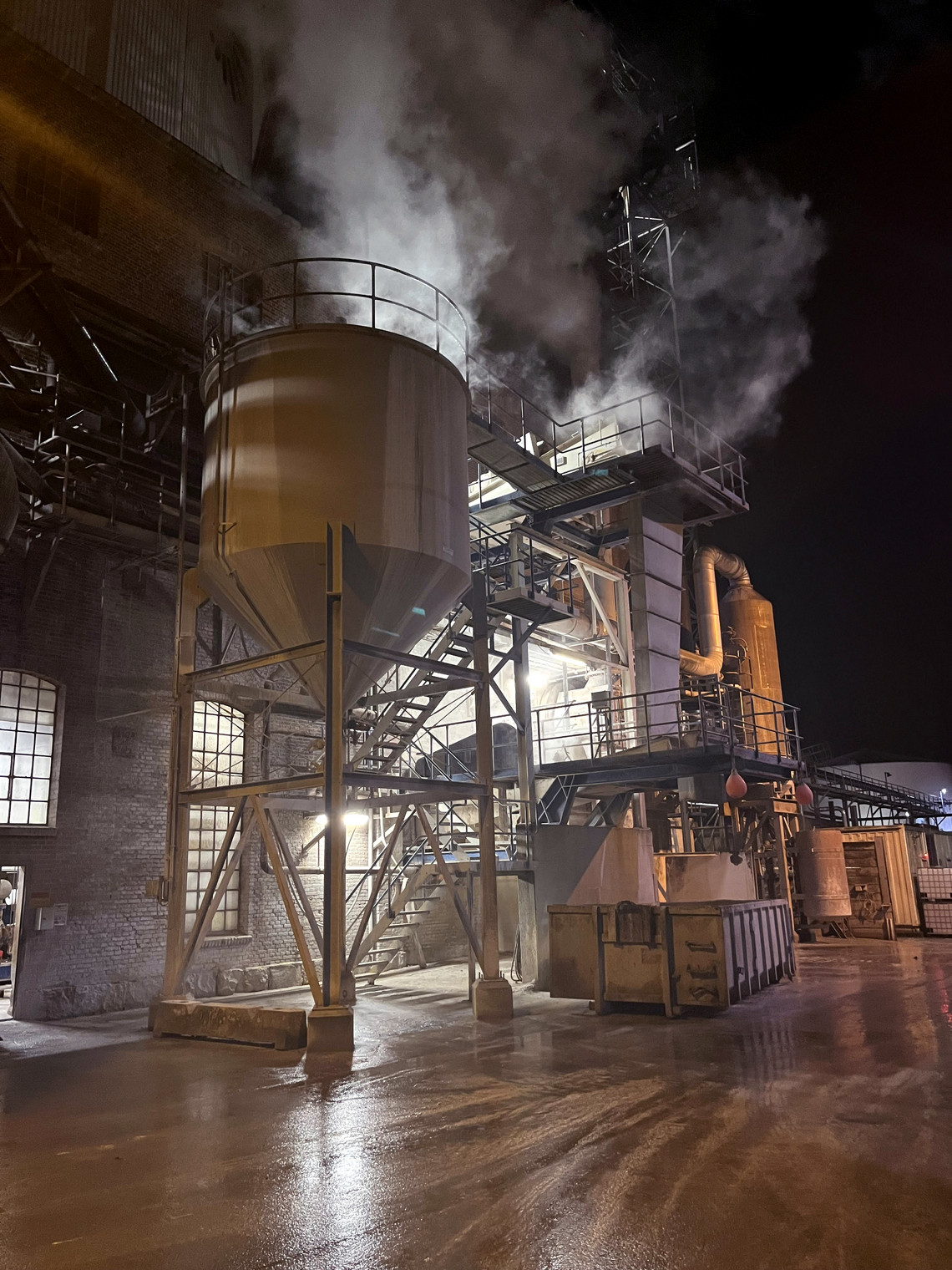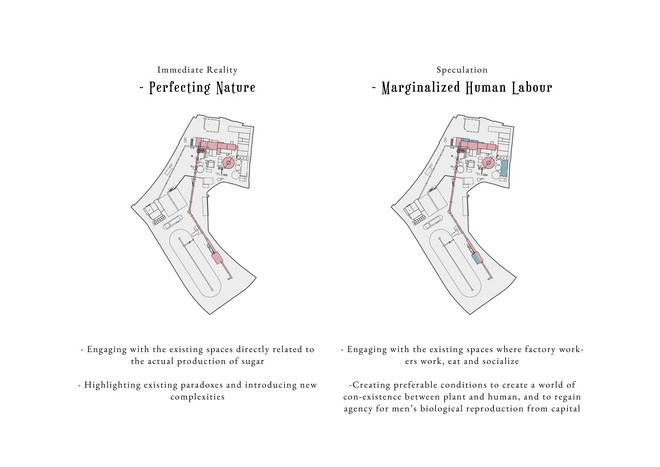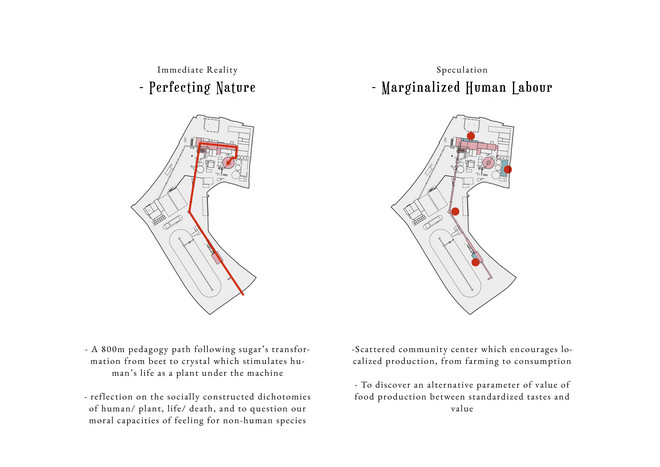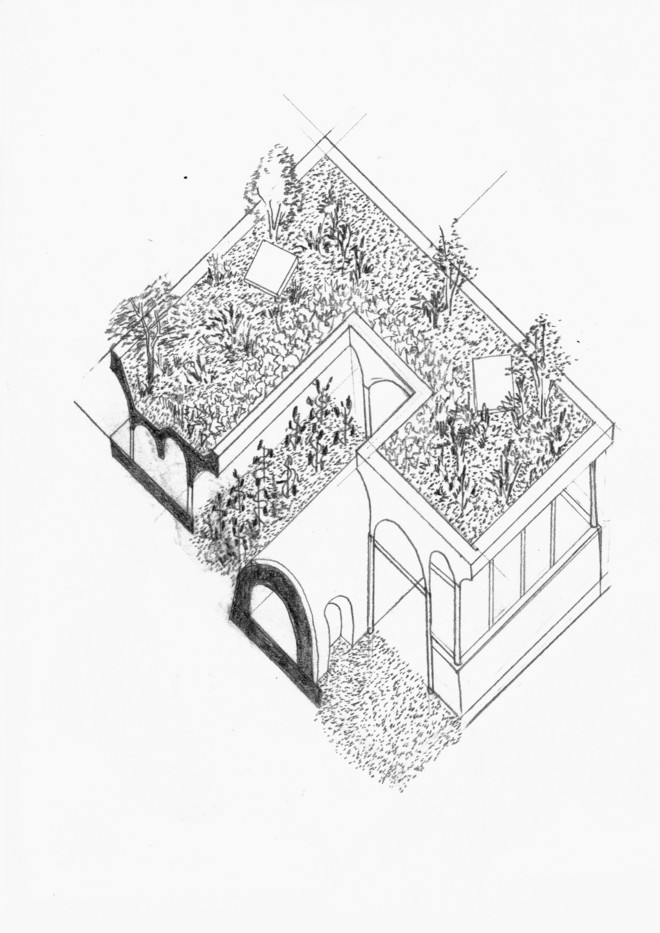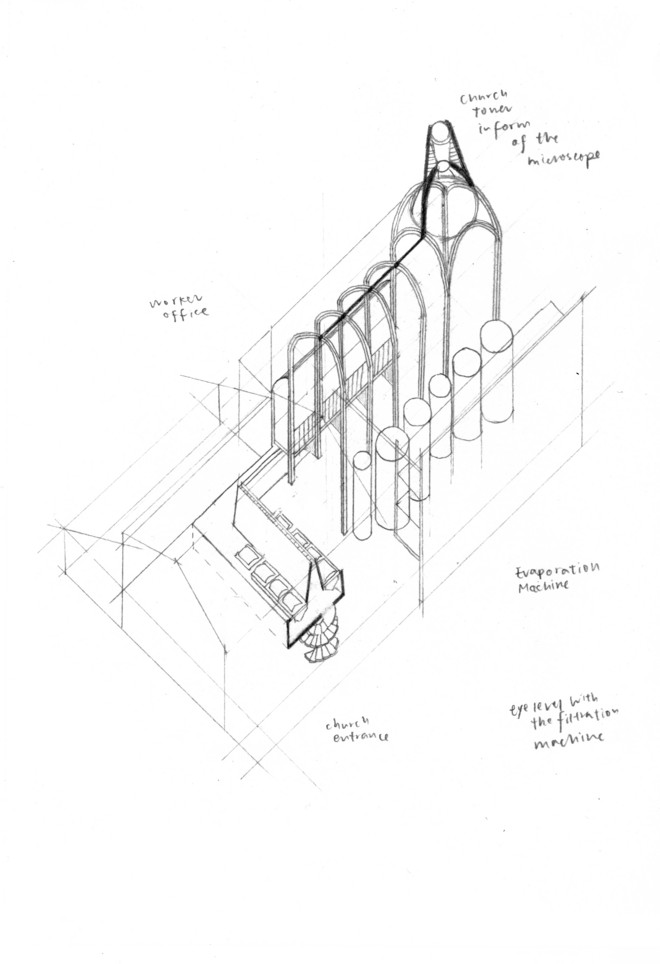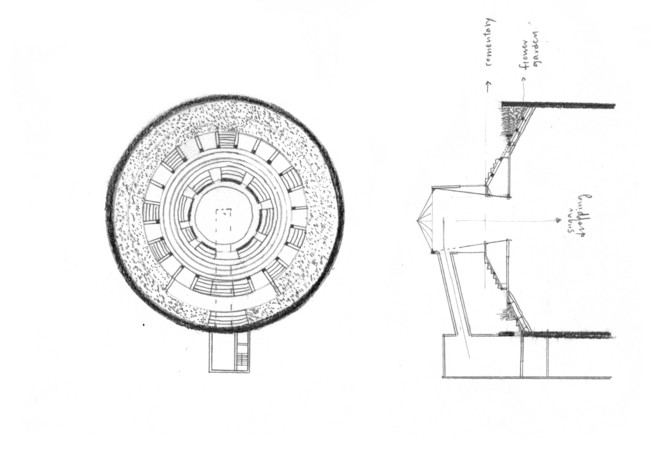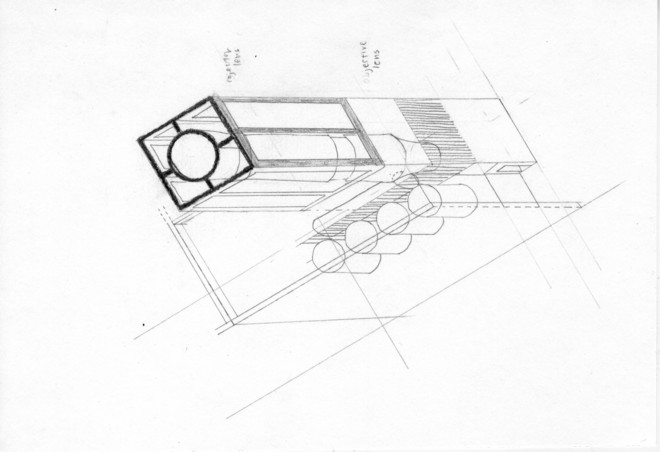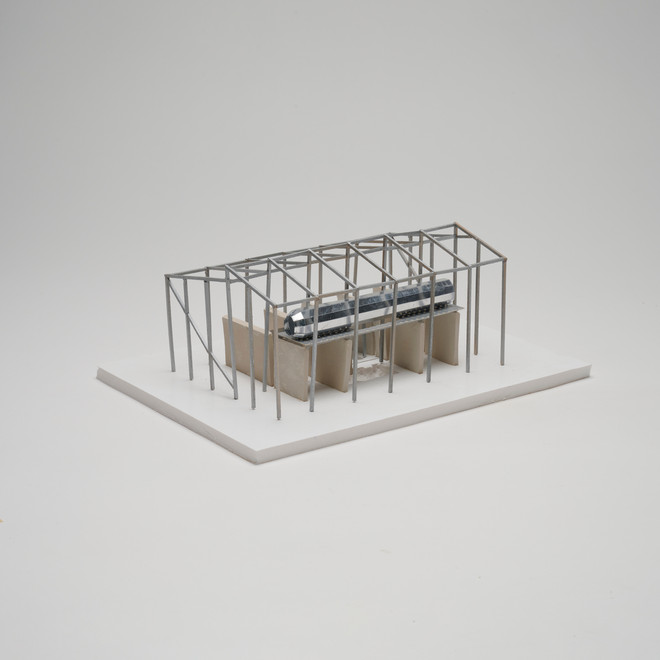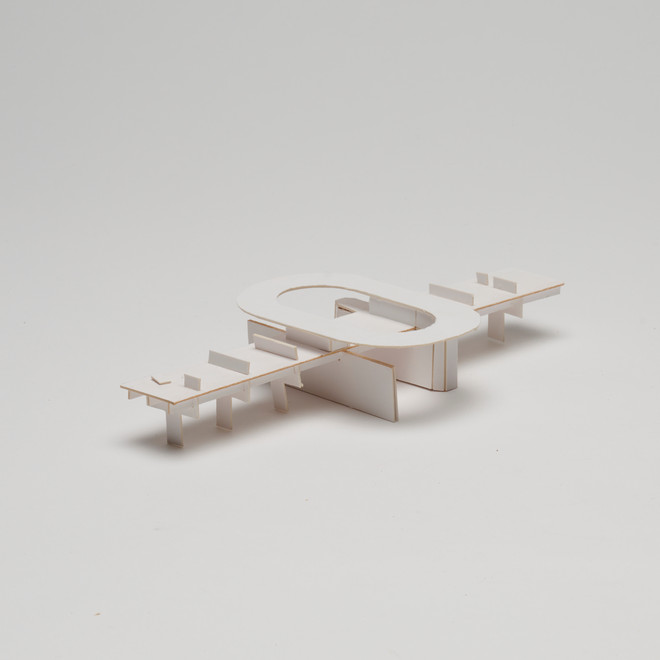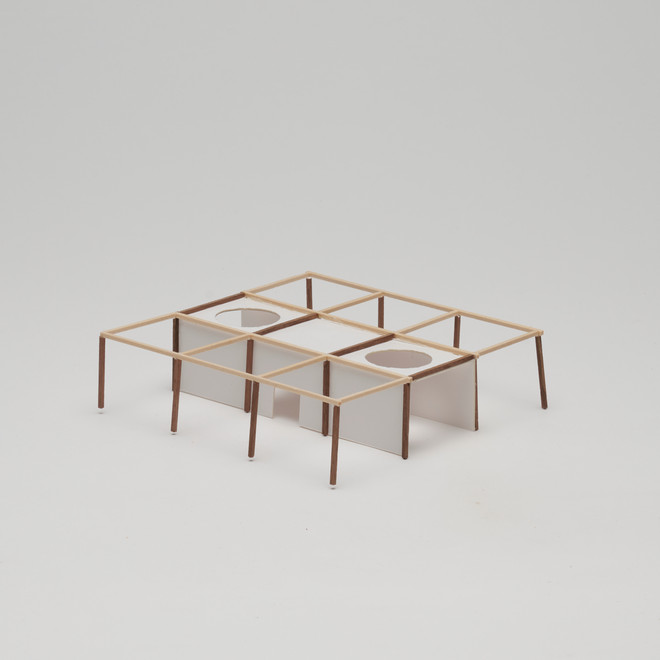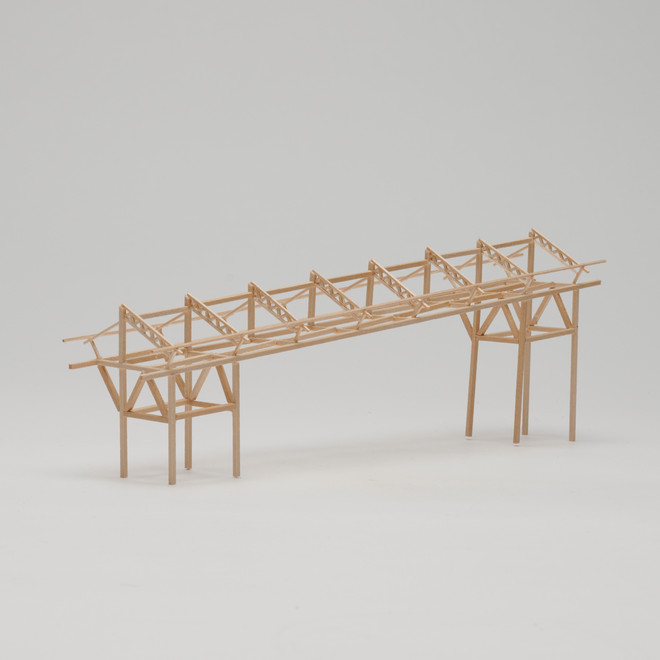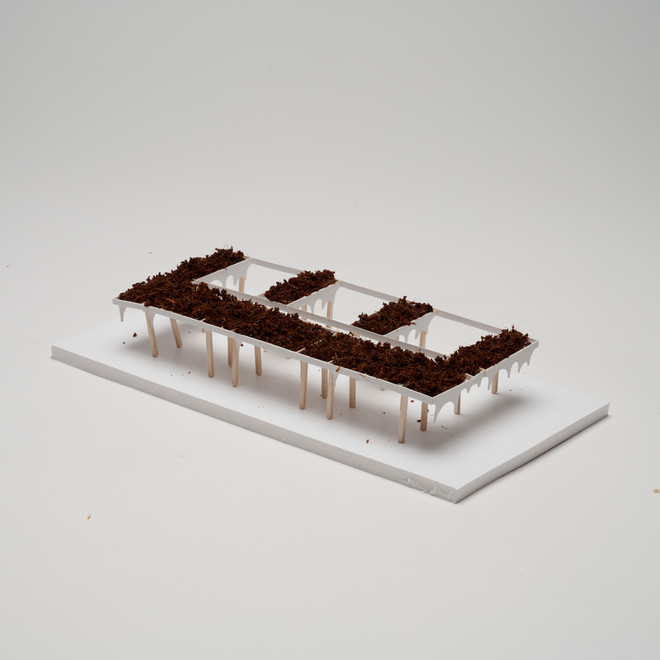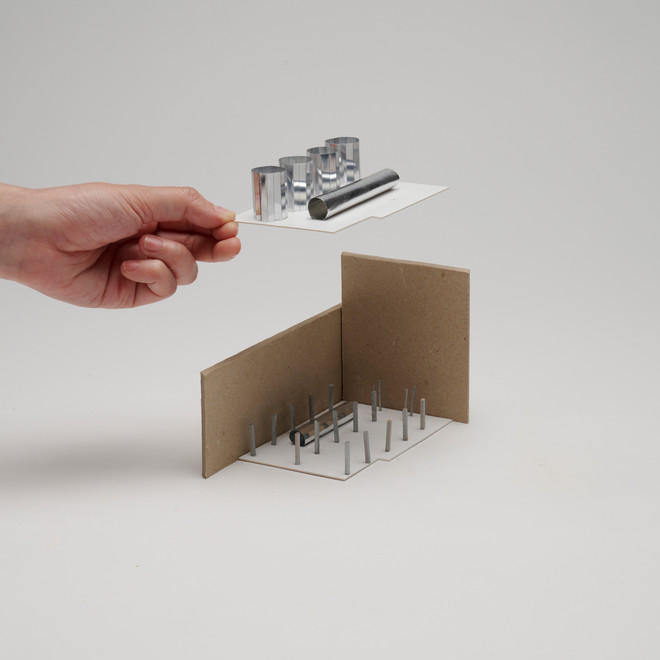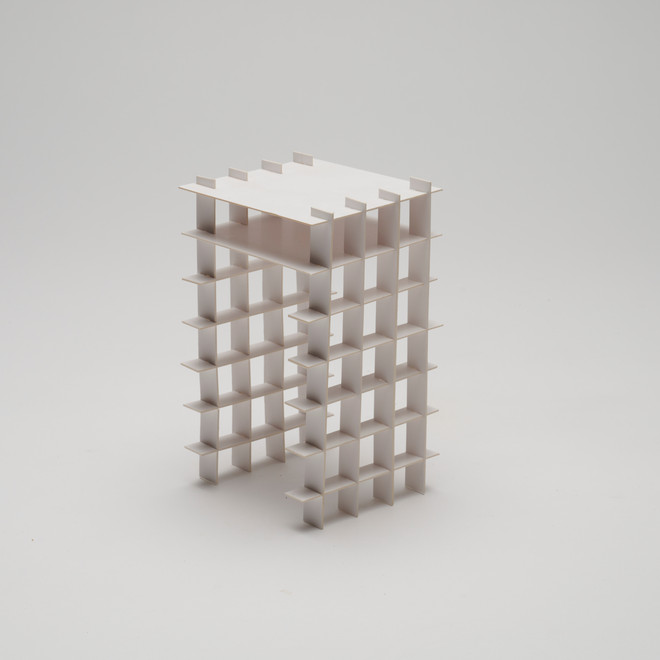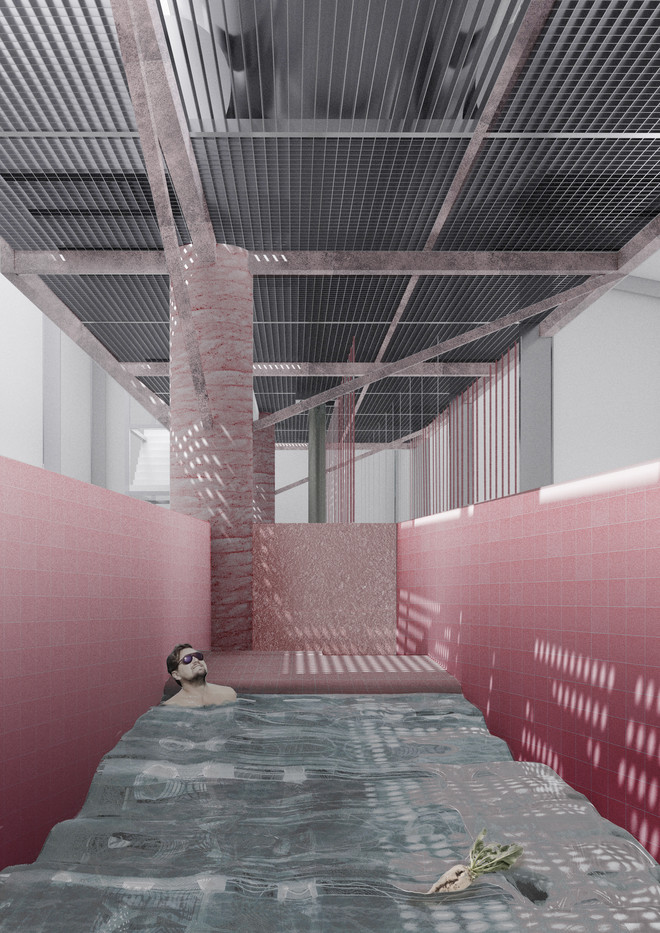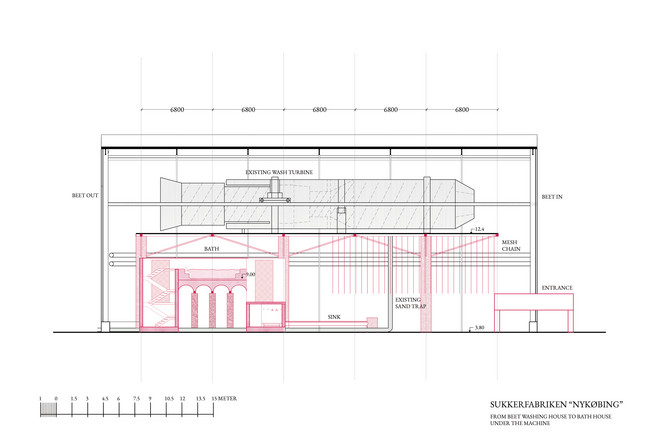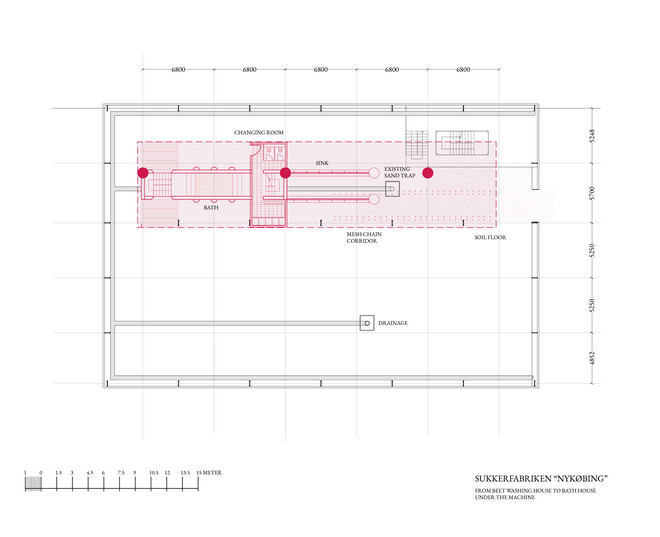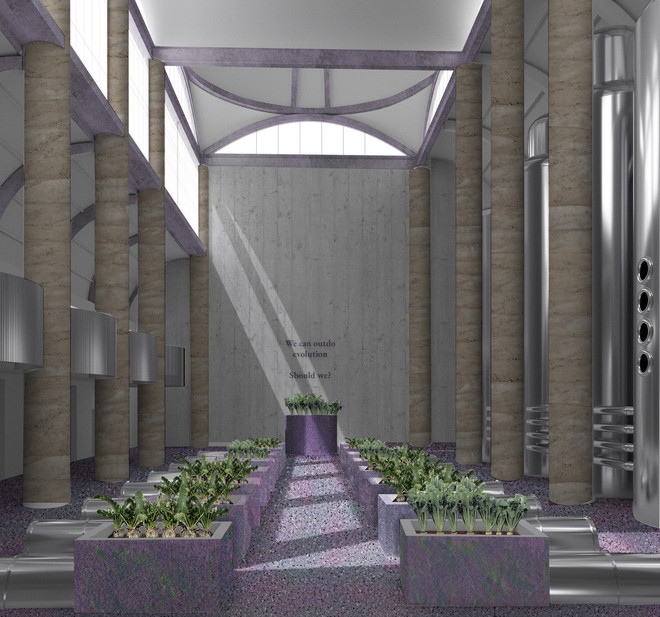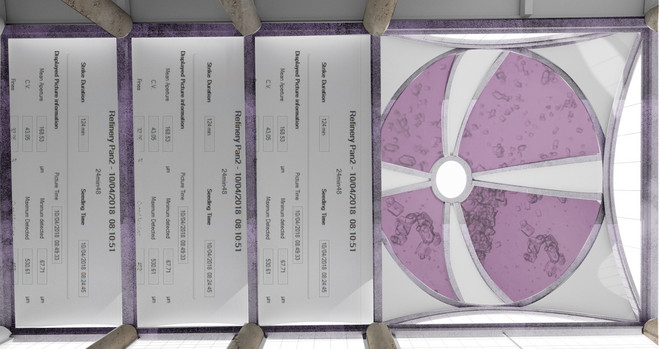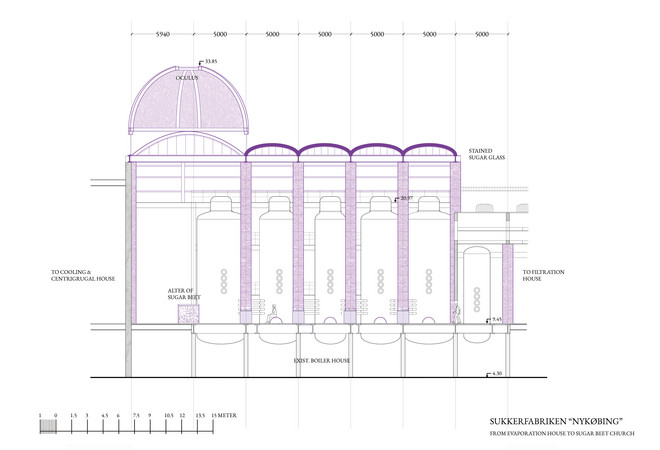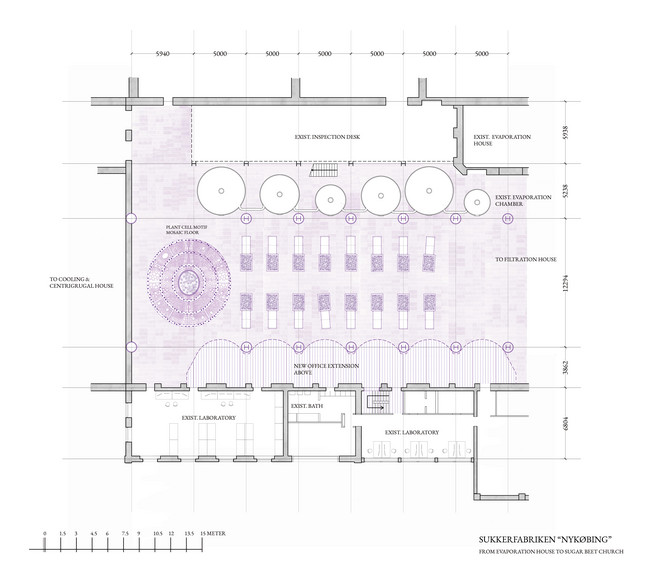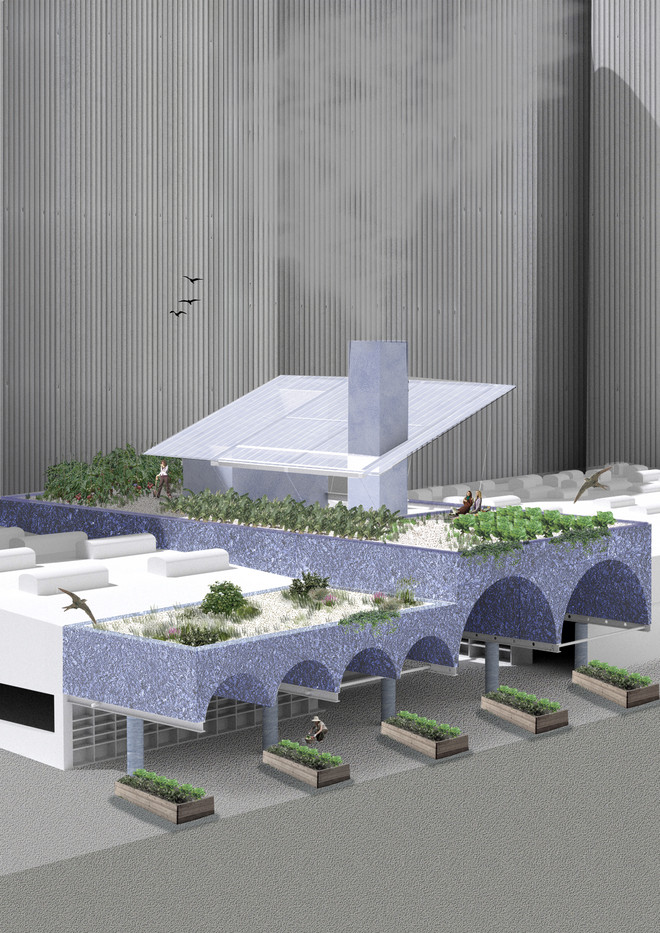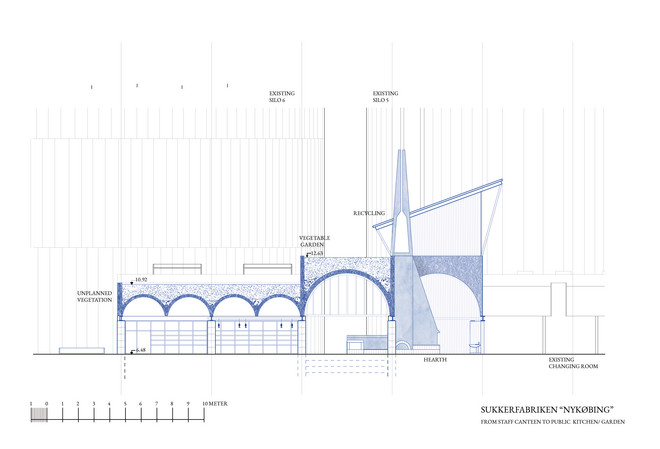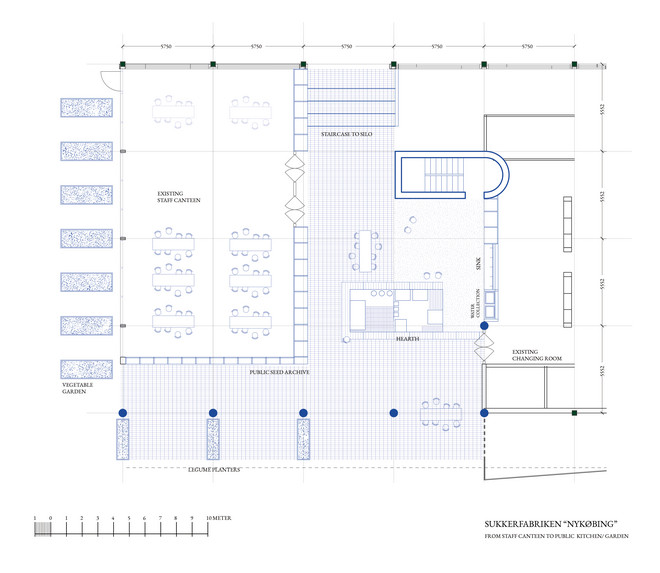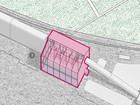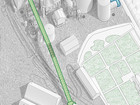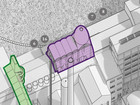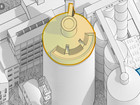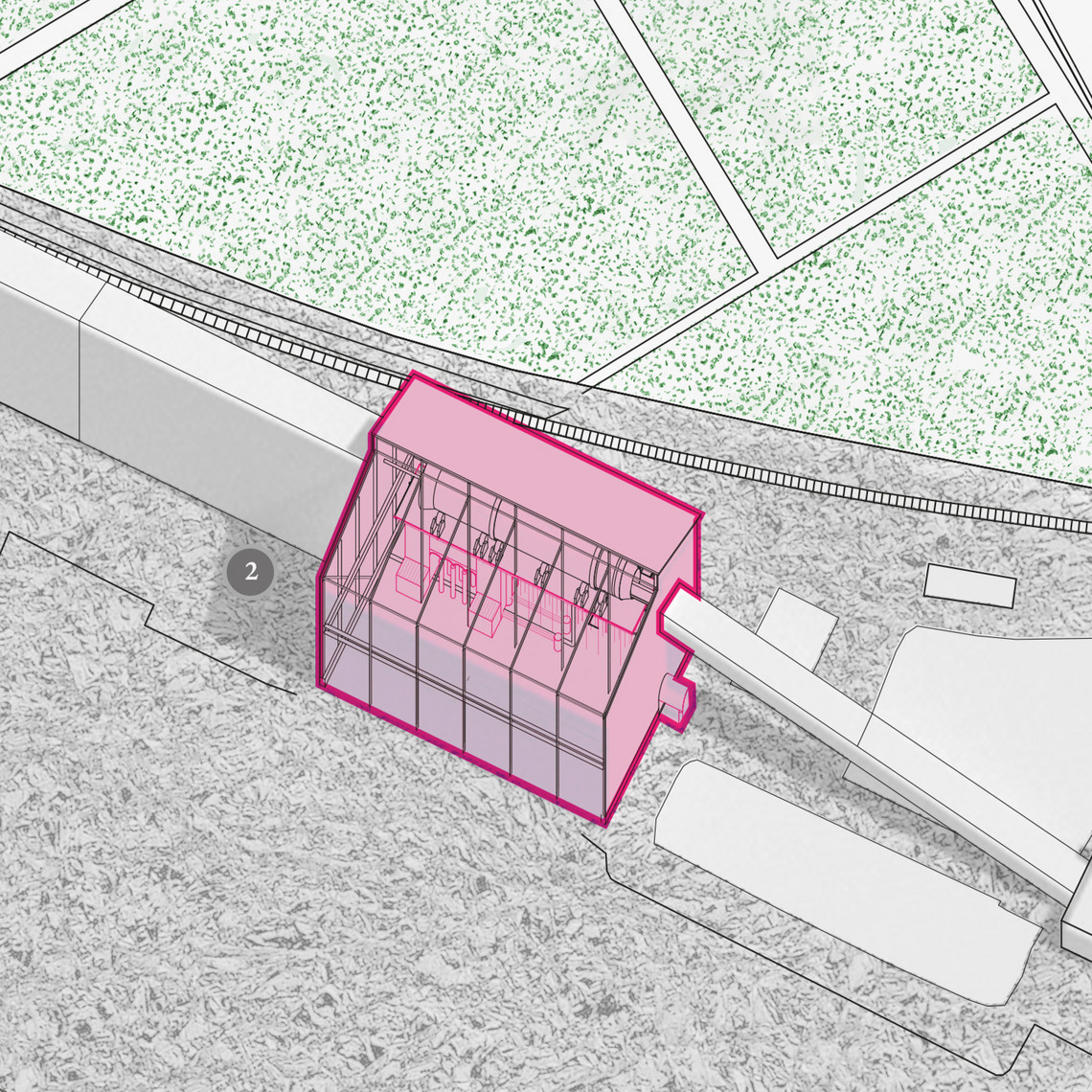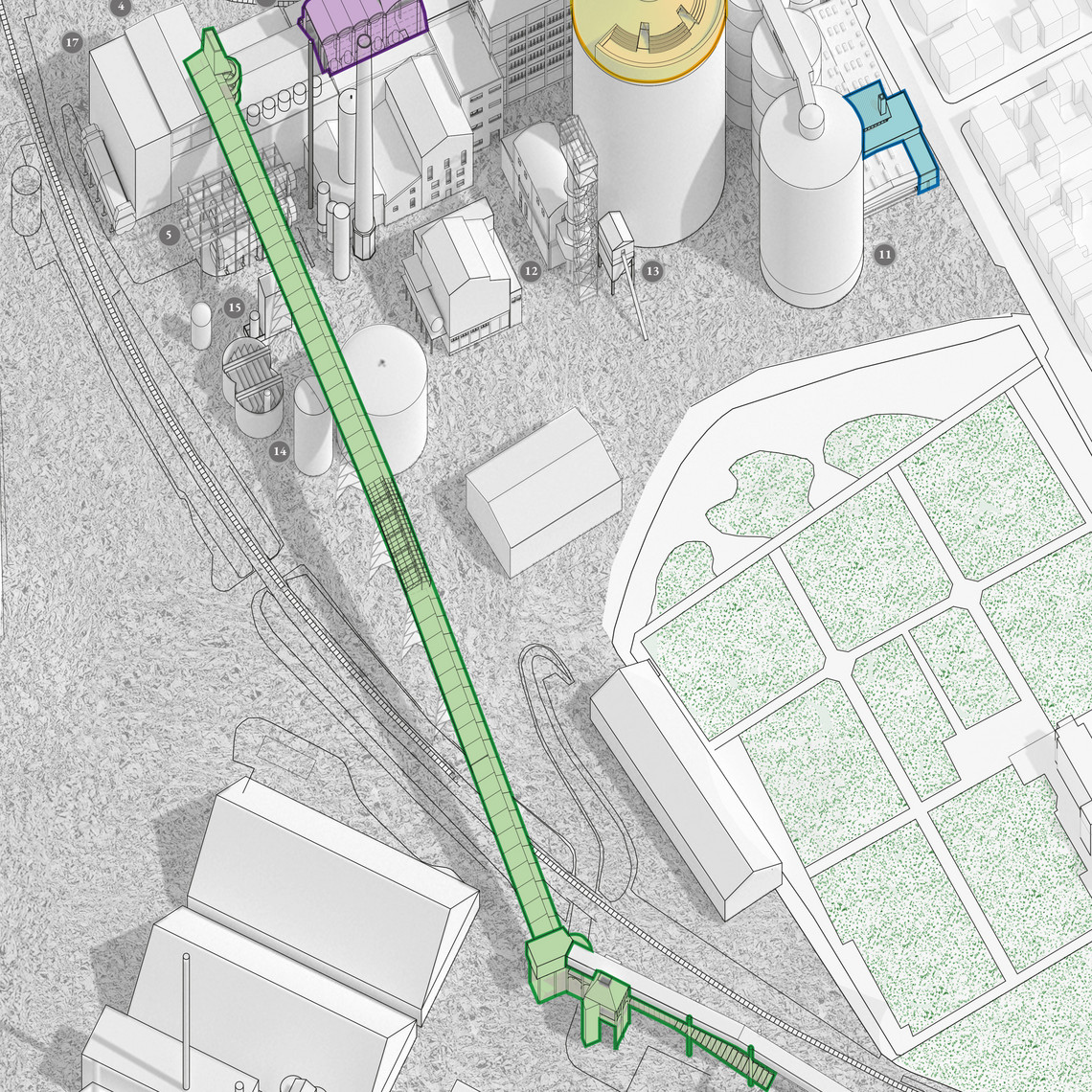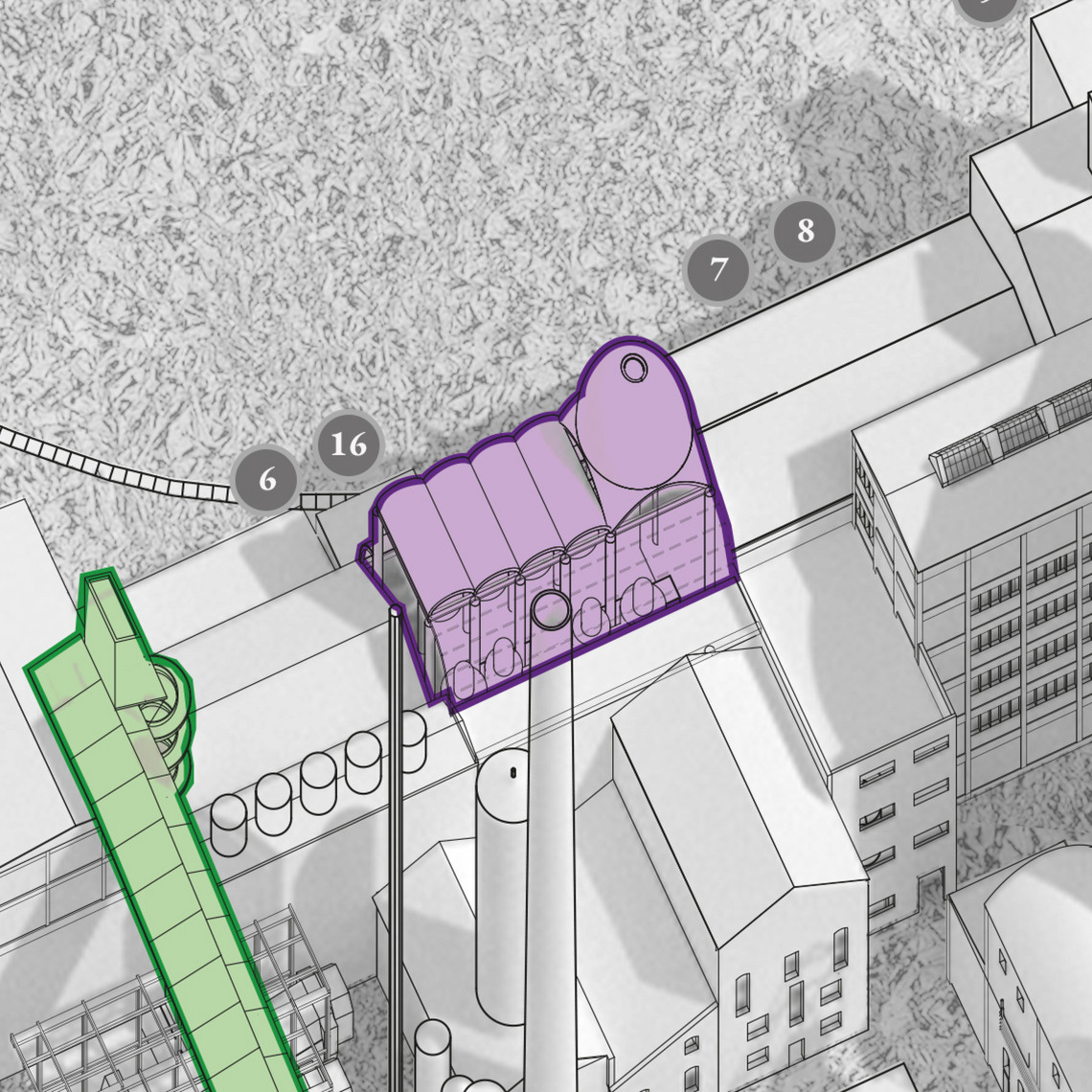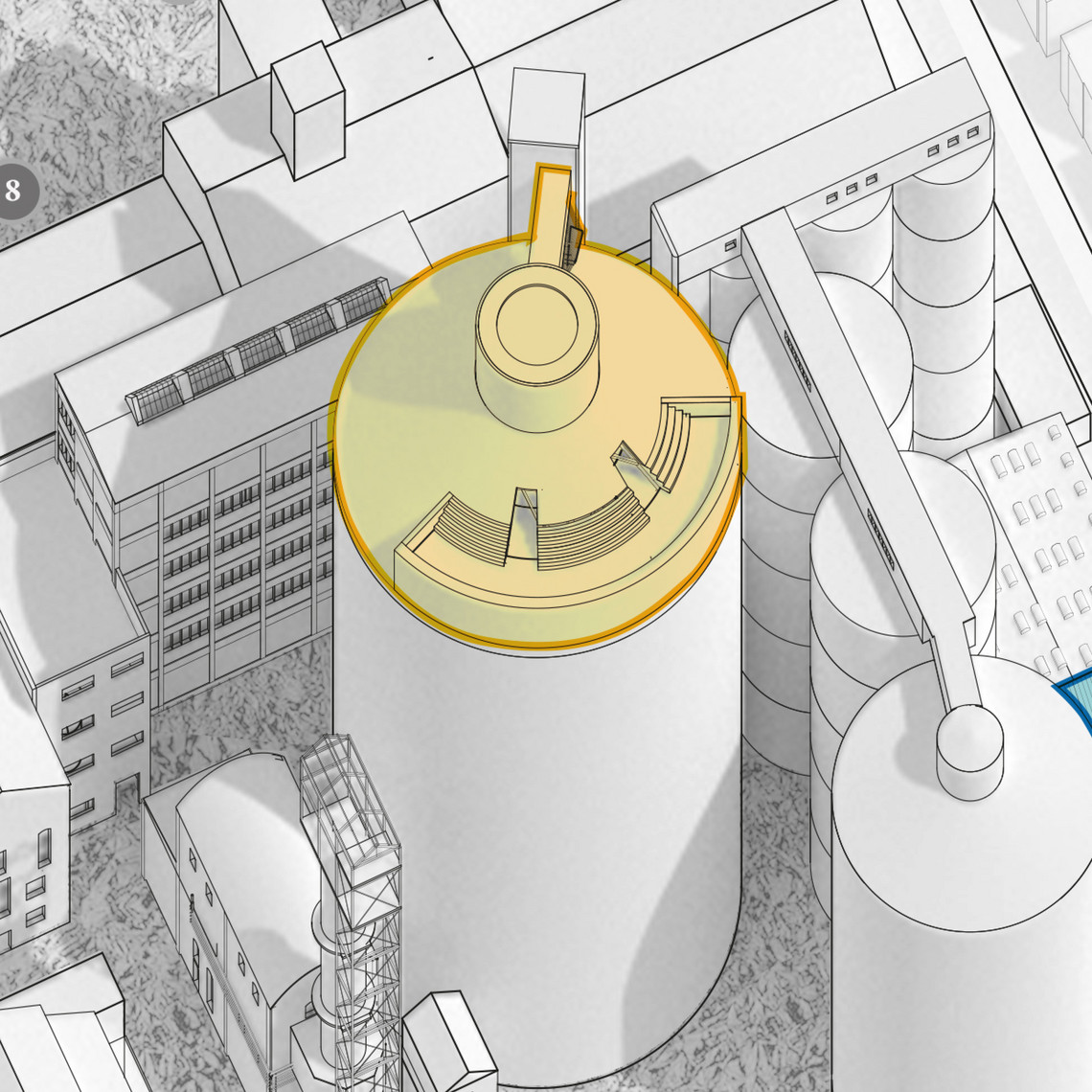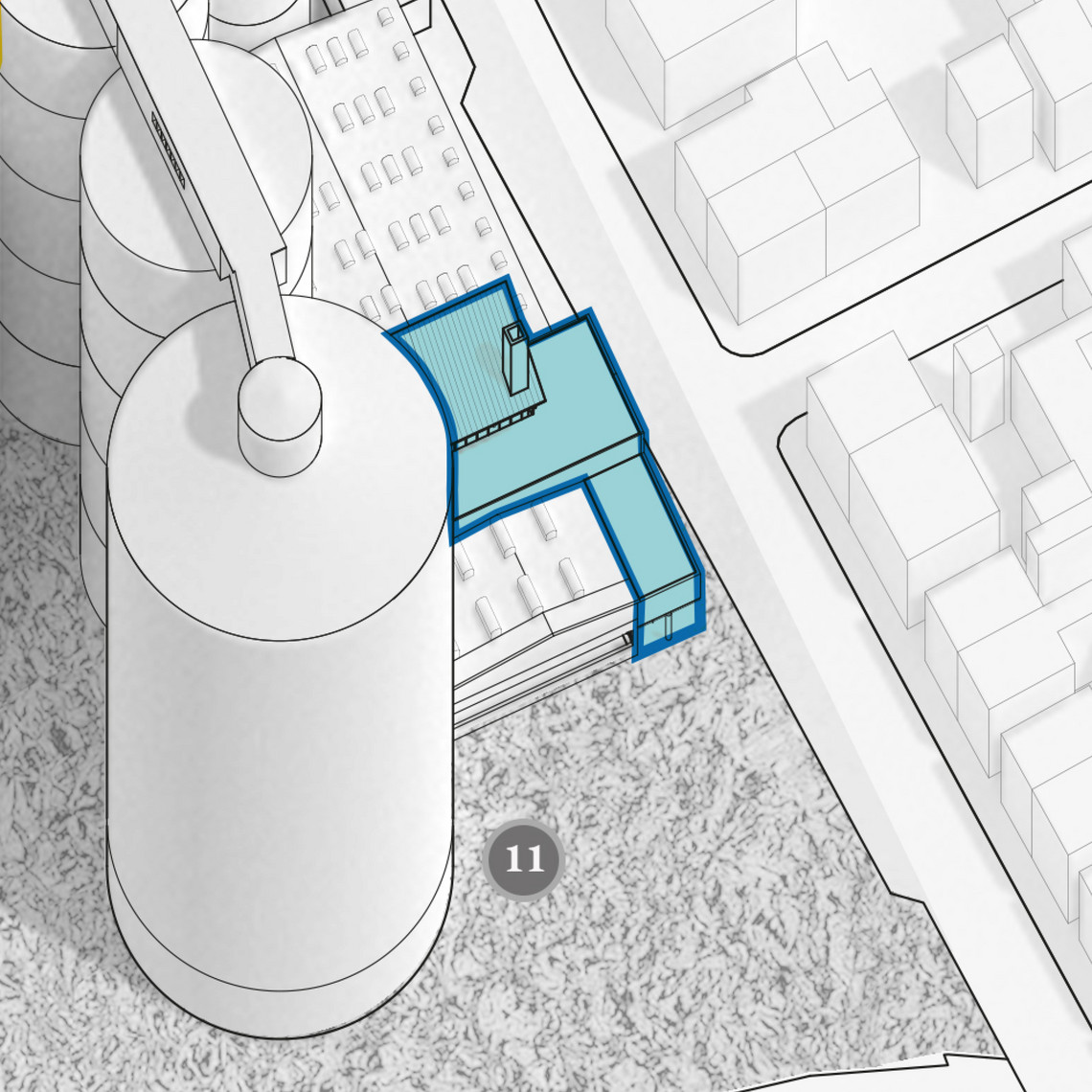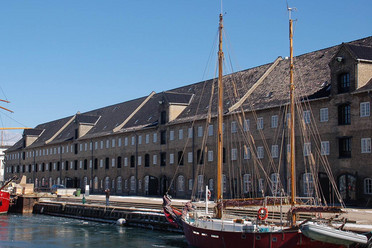
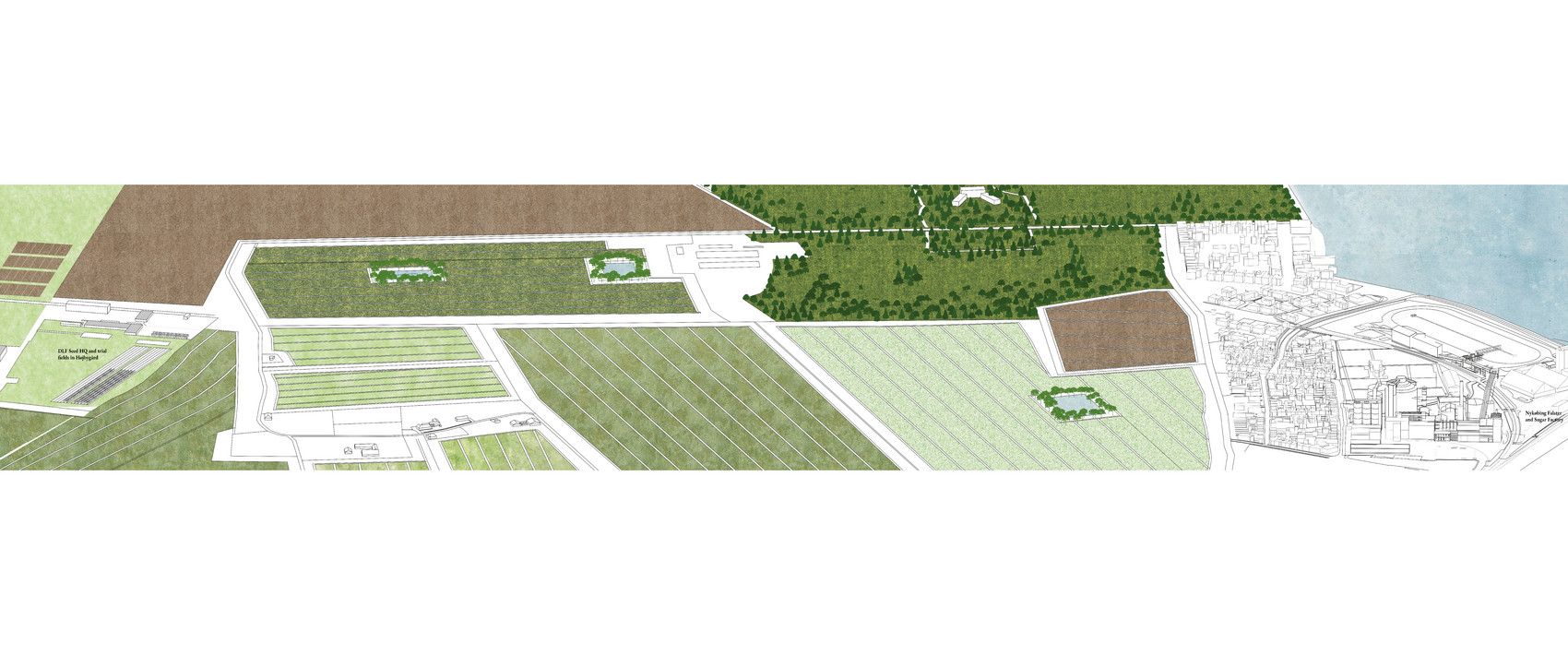
Taste of Life
Starting with the sugar industry in Lolland- Falster, the project takes a critical perspective on agricultural modernization, in which the industrialization of both vegetal and human life is rationalized to pave way for productivity and hence capital gain. Situating my project in operating Nykøbing-Falster sugar factory, where the physical and monetary transformation of plant to product is the most dramatic, I propose my project in two phases. On the first phase, a pedagogy path following the sugar beet’s transformation from vegetable to product is established to stimulate the sensations and violence of a life under the machine. By highlighting existing paradoxes and introducing new complexities, it inflicts reflection on the socially constructed dichotomies of human/ plant, life/ death, and to question our moral capacities of feeling for non-human species. With this awareness, the project proceeds to the second phase, where it introduces friction into streamlined production by introducing community centre in scattered locations to inspire the synthesis of plant growth and human routines, inspiring us to create a world of coexistence, and to discover an alternative parameter of food beyond capital.
Inventing and Perfecting Nature
Throughout history, plants become abstracted as bioresource for capital wealth and industrial expansion.
One of the best examples would be the sugar beet, which is arguably the first crop invented through scientific means of breeding, and one of the first crop whose seeds must be purchased. Scientific discovery, mechanical innovation, and bioresource extraction, with the aid of global capital and hopes for reformation and modernization, soon transformed the agricultural landscape into one which push ecological boundaries of soil through means of fossil fuels and industrial machinery. Moreover, the sugar beet relies strongly on the process of industrial production to transform the otherwise useless agricultural crop into capital value.
Marginalizing human labour
Agriculture, as a self-sustaining and situated practise of productive labour, becomes wage labour contracted by industrialists to provide money to buy food and necessities for survival. No longer does the farmer autonomously reproduce most of his own means of production; these activities, which determines farmers’ means of production, have moved off-farm into a capitalist production process yielding surplus value that is realized in the commodity form.
Site Study
The sugar beet relies on the process of industrial production in sugar factories to transform the otherwise useless agricultural crop into capital value, thus the decision to situate my project in the Nykøbing Falster sugar factory. The massive factory, a megastructure developed with numerous additions and demolition since its establishment in 1884, embodies a singular ideology of automated, frictionless production.
Process
The project is developed in two phases, dealing with the two thematics regarding instrumentalized vegetal life and human labour. The goal is not to suggest an ecological alternative to production, but to raise awareness on the rupture between human and nature, and the create conditions for collective reflection and for people to explore how to make a change. Throughout the process , I also reflected on architecture's loss of autonomy in the age of industrialization, where the spatial dimension is reduced scientifically into a mechanical one, and becomes "instrument of other forces" (Rem Koolhaas). What conditions can architecture create to foster a world of co-existence?
From washing turbine to bathhouse
Experience the sensations as a life under the machine
The sugar beet is transported to the washing turbine to remove any leaf, debris and soil. By sanitizing, the sugar beet enters into a realm of purity and is abstracted as a raw material ready for industrial processing. Similarly, the visitor have to tune into the rational logic of industrial production. The visitors enters the linear journey through a corridor made by mesh chain suspended from the platform which holds the washing turbine. The chains vibrates with the turbine. Following the existing drainage pipe, the visitor first washes their hand in the long sink. Then, visitors are led up the bathhouse, where they would bathe, while listening to amplified sounds of the sound of rotating sugar beets. A meeting space honoring the existing drainage pipe allows visitors to meet, discuss and reflect on their experience.
From evaporation chamber & laboratory to sugar beet church
Reflect on the belief of science as the rational understanding to life
In the evaporation station, the clarified beet juice is heated to form sugar crystals. This is a dramatic step in production, in which the molecular structure of the living plant is transformed into the lifeless and abstract crystal.
Opposite to the evaporation chamber is the laboratory, where workers inspects the status of evaporation through monitoring and microscopic devices. In reflection of how farming and food production, which used to be a form of physical and self-sustaining labour, the laboratory presents itself as an example on how automatic process have taken on a quasi natural rhythm, which compromises men’s autonomy over production.
The evaporation station doubles as a church to worship the invention of the sugar beet as a manifestation of human privileges, prompting visitors contemplate about the meaning of vegetal life in relation to the human’s body, intelligence and emotional capacity. The church highlights the juxtaposition of the evaporation chamber and office at the aisle. At the chancel stands an alter of sugar beet, directly underneath the parabolic dome. Referencing baroque churches, it serves as an optical system, demonstrating the technological achievements of the microscope and telescope a The oculus diffuses light into the chapel, illuminating the mosaic tiles which imitates microscopic images of plant cells. As if God looks down at us through the oculus, and we look up to see the evaporation chambers and its real time monitoring projections on the roof, and hence the artificial world we have created for ourselves.
From staff canteen to experimental community kitchen
An alternative parameter of value for food production based on diverse taste and local engagement
With the new-found awareness about the violence which was inflicted on vegetal life upon the rationalization of the food system, the visitors desire to include and take care of the growth and death of the artificial plants we have tamed and invented for human benefits into the everyday life. This desire inspires visitors to interrogate how division of agricultural labour have effectively separate daily biological reproduction from wage-labour, and question how the modern everyday life of human has been capitalized and segregated from the natural environment. The canteen is transformed into a community center in relation to farming, post-production, research center and dining complex. This inspires residents and visitors to think of earth and soil as an integral material to support plant growth and a raw material to produce architectural materials such as concrete, brick and glass. It hopes to activate the community into an inclusive and diverse place for agricultural production and consumption dictated by locality rather than capital and centralized production. A sense of ownership emerges, and the factory eventually closes.
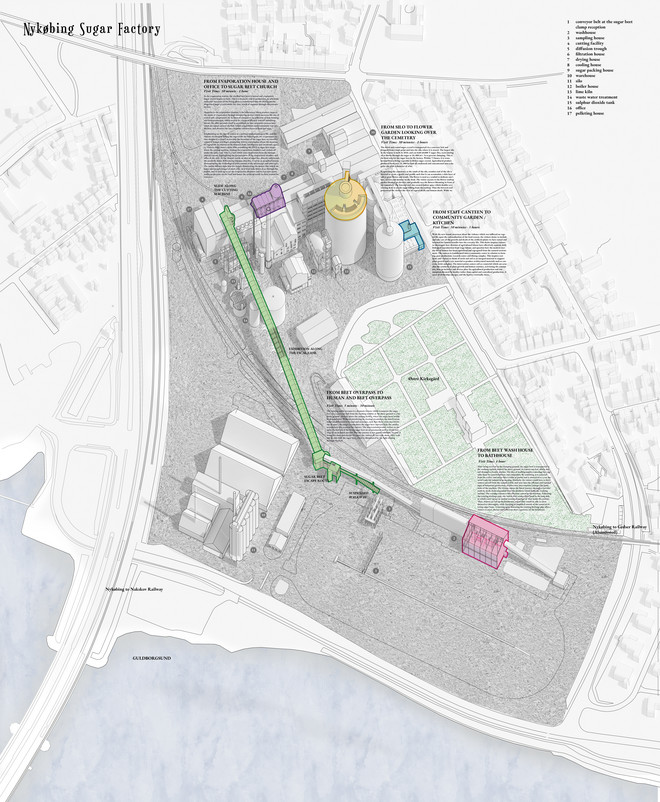
Det Kongelige Akademi understøtter FN’s verdensmål
Siden 2017 har Det Kongelige Akademi arbejdet med FN’s verdensmål. Det afspejler sig i forskning, undervisning og afgangsprojekter. Dette projekt har forholdt sig til følgende FN-mål